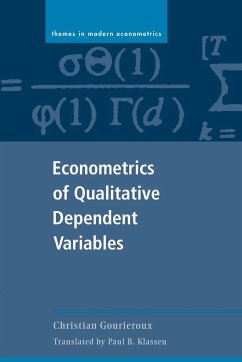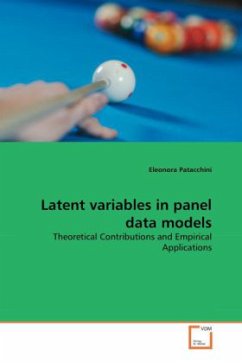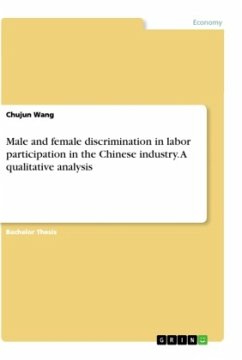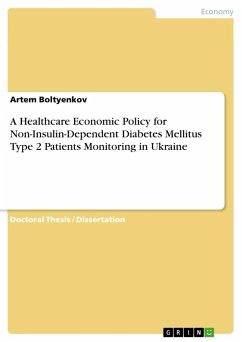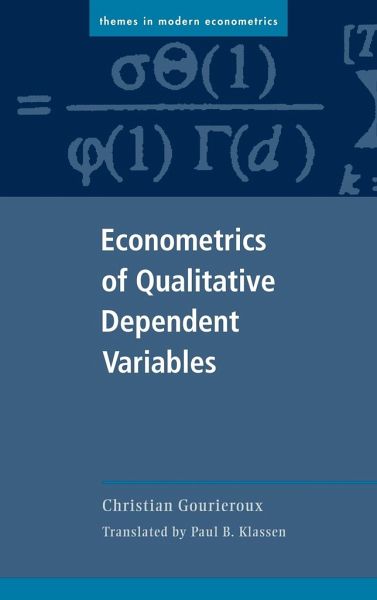
Econometrics of Qualitative Dependent Variables
Versandkostenfrei!
Versandfertig in 1-2 Wochen
135,99 €
inkl. MwSt.
Weitere Ausgaben:

PAYBACK Punkte
68 °P sammeln!
This textbook introduces students progressively to various aspects of qualitative models and assumes a knowledge of basic principles of statistics and econometrics. Inferring qualitative characteristics of data on socioeconomic class, education, employment status, and the like - given their discrete nature - requires an entirely different set of tools from those applied to purely quantitative data. Written in accessible language and offering cogent examples, students are given valuable means to gauge real-world economic phenomena. After the introduction, early chapters present models with endo...
This textbook introduces students progressively to various aspects of qualitative models and assumes a knowledge of basic principles of statistics and econometrics. Inferring qualitative characteristics of data on socioeconomic class, education, employment status, and the like - given their discrete nature - requires an entirely different set of tools from those applied to purely quantitative data. Written in accessible language and offering cogent examples, students are given valuable means to gauge real-world economic phenomena. After the introduction, early chapters present models with endogenous qualitative variables, examining dichotomous models, model specification, estimation methods, descriptive usage, and qualitative panel data. Professor Gourieroux also looks at Tobit models, in which the exogenous variable is sometimes qualitative and sometimes quantitative, and changing-regime models, in which the dependent variable is qualitative but expressed in quantitative terms. The final two chapters describe models which explain variables assumed by discrete or continuous positive variables.
Table of contents:
1. Introduction; 2. The simple dichotomy; 3. Modelling; 4. Estimation methods and tests; 5. The log-linear model and its applications; 6. Qualitative panel data; 7. The Tobit model; 8. Models of market disequilibrium; 9. Truncated variables in simultaneous equations; 10. Simultaneous equation systems; 11. The Poisson model; 12. Models of duration.
This textbook introduces students progressively to various aspects of qualitative models and assumes a knowledge of basic principles of statistics and econometrics. Written in accessible language and offering cogent examples, students are given valuable means to gauge real-world economic phenomena.
This textbook introduces students to qualitative econometric models and assumes a basic knowledge of econometrics/statistics.
Table of contents:
1. Introduction; 2. The simple dichotomy; 3. Modelling; 4. Estimation methods and tests; 5. The log-linear model and its applications; 6. Qualitative panel data; 7. The Tobit model; 8. Models of market disequilibrium; 9. Truncated variables in simultaneous equations; 10. Simultaneous equation systems; 11. The Poisson model; 12. Models of duration.
This textbook introduces students progressively to various aspects of qualitative models and assumes a knowledge of basic principles of statistics and econometrics. Written in accessible language and offering cogent examples, students are given valuable means to gauge real-world economic phenomena.
This textbook introduces students to qualitative econometric models and assumes a basic knowledge of econometrics/statistics.





